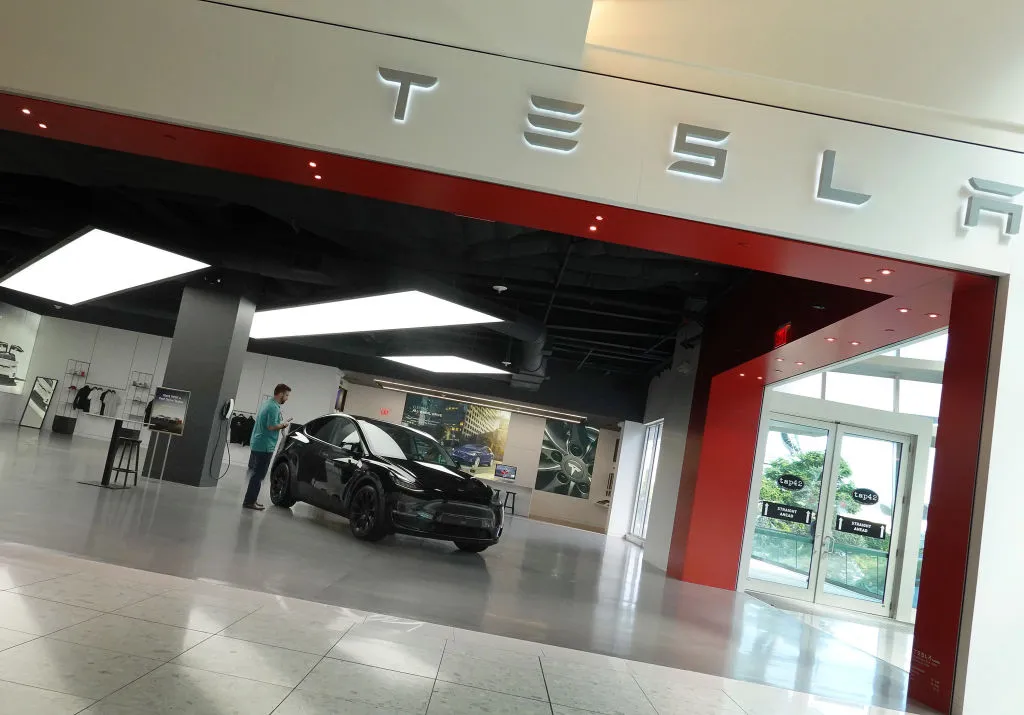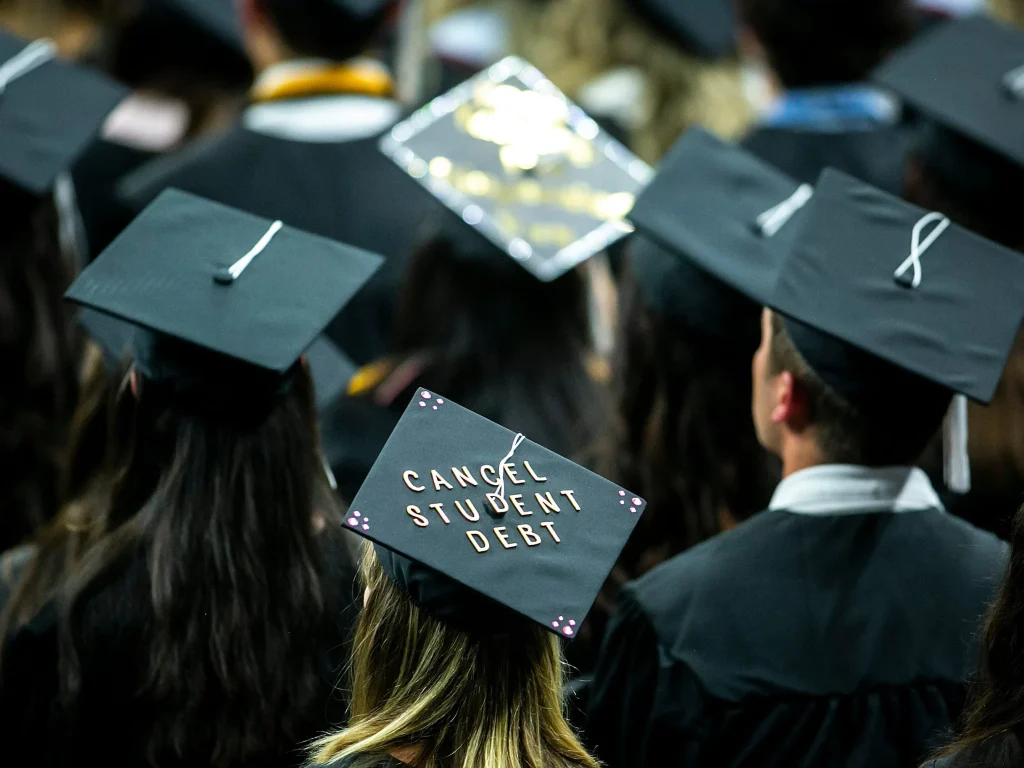Walter Huang lost his life when his Tesla Model X struck a barricade made of concrete.

Tesla has reached a settlement in a well-known lawsuit that was scheduled to begin trial on Monday and feature the electric vehicle manufacturer’s contentious automated driving technology.
The settlement’s specifics were kept secret. In a wrongful death lawsuit brought by the family of a former Apple engineer who perished after his Tesla Model X crashed while using the Autopilot function, jury selection was scheduled to start on Monday. Weeks could have passed during the trial, but on Monday, the parties reached a settlement.
On March 23, 2018, Walter Huang lost his life when his Tesla collided with a concrete highway divider in Silicon Valley. During its examination, the National Transportation Safety Board discovered that the automobile was on autopilot for about 19 minutes before the tragic collision, which occurred when it drove off the highway at a speed of 71 mph.
For the troubled corporation, which has lost a third of its market value and popularity this year, the deal represents yet another critical turning point.
Tesla’s CEO, Elon Musk and the business claim that its Autopilot and Full Self-Driving technologies are cutting-edge and a major factor in the company’s rise to the top of the global electric car market, narrowly surpassing Chinese rival BYD.
However, Huang’s family claimed that Tesla had overstated the benefits of its Autopilot system and that it was not as safe to use as claimed.
Requests for responses from Tesla and Huang’s family representatives were not immediately answered.
In the six years since Huang’s tragic incident, Tesla’s Autopilot technology has come under heavy criticism. The National Highway Traffic Safety Administration stated that the Autopilot technology can fool drivers into believing they are driving safely after a two-year review that examined 1,000 Tesla crashes during which the system was used. The NHTSA discovered in December 2023 that it might be easily abused in some risky scenarios when Autopilot might not be able to properly traverse the road.
